ZEEKR 001 Long Range electric RWD automatic
2024
95%
10.0
10
Clean Air Index
9.2
10
Energy Efficiency Index
9.5
10
Greenhouse Gas Index
| Laboratory Tests | NMHC | NOX | NH3 | CO | PN | |
|---|---|---|---|---|---|---|
| 10.010 | Cold Test | |||||
| 10.010 | Warm Test | |||||
| 10.010 | Highway | |||||
| 10.010 | Cold Ambient Test | |||||
| Road Test | ||||||
| 10.010 | On-Road Drive | |||||
| 5.05 | On-Road Short Trip | |||||
| 8.08 | On-Road Heavy Load | |||||
| 5.05 | On-Road Light Load | |||||
| 2.02 | Congestion | |||||
| Laboratory Tests | Energy | |||
|---|---|---|---|---|
| 10.010 | Cold Test | 18.5kWh100 km | ||
| 10.010 | Warm Test | 18.9kWh100 km | ||
| 9.010 | Highway | 27.2kWh100 km | ||
| 8.210 | Cold Ambient Test | 32.9kWh100 km | ||
| Consumption | Driving Range | |||
| Average | 21.6kWh100 km | 529km | ||
| Worst-Case | 32.9kWh100 km | 336km | ||
| Greenhouse Gases | CO2 | N2O | CH4 | |
|---|---|---|---|---|
| 10.010 | Cold Test | |||
| 10.010 | Warm Test | |||
| 9.510 | Highway | |||
| 8.610 | Cold Ambient Test |
Specifications
- Tested Car L6TDC2015PP06XXXX
- Publication Date 05 2024
- Vehicle Class Executive Car
- Emissions Class Euro 6 AX
- Tyres 255/45R21
- Mass 2,200 kg
- System Power/Torque 200 kW/343 Nm
- Declared Battery Capacity 96.0 kWh
- Declared Driving Range Overall 620 km City 794 km
- Declared Consumption 17.3 kWh/100 km
- Heating Concept Waste heat & PTC & Heat pump




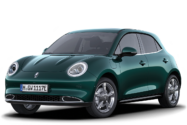


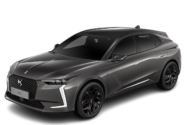













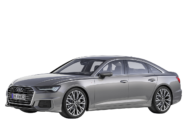


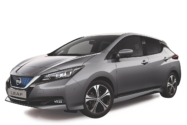
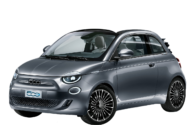












































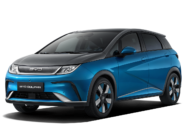


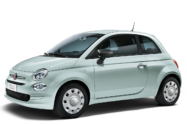


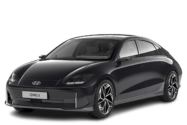




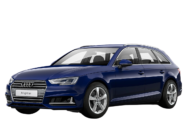



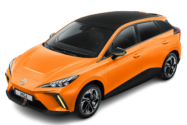
























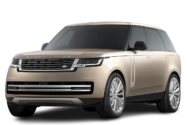







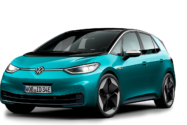







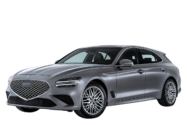








Our verdict
ZEEKR, a new electric mobility technology for premium vehicles, has landed in the European market with its hatchback ZEEKR 001, available in three configurations. Green NCAP has tested the Long Range rear-wheel drive version with 200 kW and 620 km of declared driving range. There are also available two all-wheel drive trims with 400 kW of power, giving higher performance. The Long Range RWD version has a declared usable battery capacity of 96 kWh and allows the vehicle to have an average driving range (measured by Green NCAP procedures) of 529 km. In short urban trips the driving range reaches around 676 km, where the EV demonstrate all its potential. The vehicle's HVAC system is composed of a PTC heater and a heat pump and can utilise waste heat from the electric powertrain components. The driving range is reduced to 336 km in Green NCAP WLTC test at -7ºC of ambient temperature. In the battery capacity test, the electric energy of 110.7 kWh needed for a full battery recharge and the measured usable battery energy of 99 kWh give a creditable grid-to-battery output efficiency of 89.4%. Overall, ZEEKR 001 gets an average score of 95% and 5 Green stars. In parallel, ZEEKR has released an urban premium SUV, the ZEEKR X , that has also been tested by Green NCAP, with similarly impressive results.